In a thrilling showdown between two iconic American muscle cars, the 1970 Dodge Challenger RT HEMI and the 1969 Chevy Nova SS396, automotive enthusiasts gathered at a drag strip to witness a battle of power, speed, and nostalgia. This clash of legends brought forth the raw energy of these vintage beasts, each boasting its own unique features and historical significance. In this article, we delve into the key specifications and performance details of these magnificent machines, exploring the heart-pounding moments on the race track.
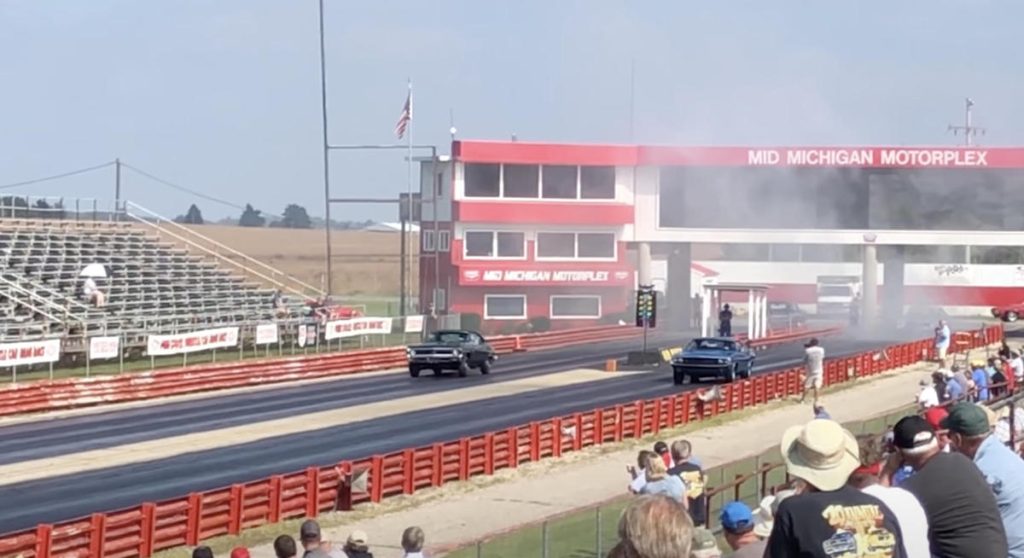
The Dominating Power of the 1970 Dodge Challenger RT HEMI:
The 1970 Dodge Challenger RT HEMI roared to life with its mighty 426 cubic inch HEMI V8 engine, delivering an adrenaline-pumping experience. Mopar fans rejoiced as they beheld the sheer power produced by this masterpiece of engineering. With a compression ratio of 10.28 to 1, this beastly machine packed a punch, generating an underrated 412 horsepower and an impressive 490 pound-feet of torque.
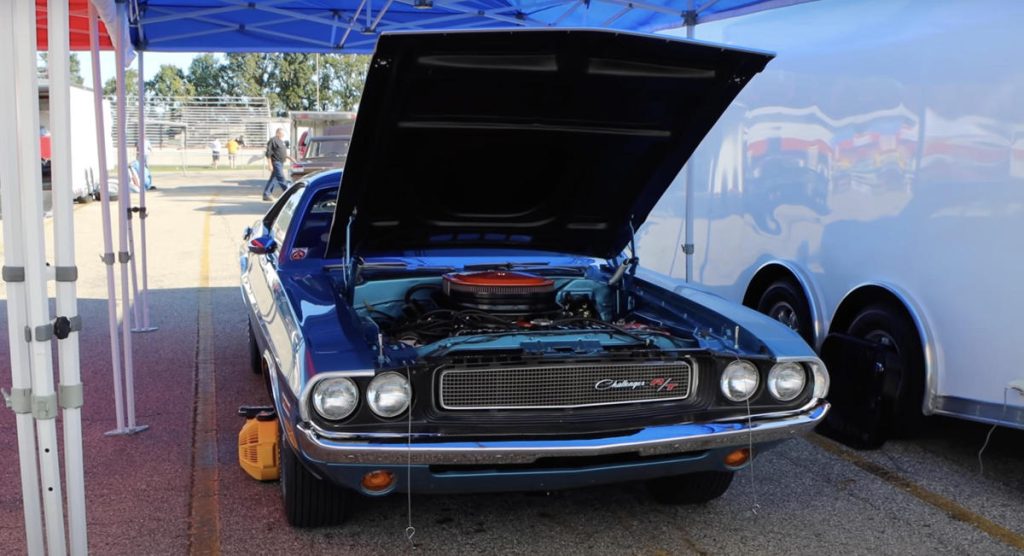
Inside the Challenger RT HEMI, enthusiasts found a four-speed manual transmission, adding to the raw and visceral driving experience. However, one of the limiting factors for this particular Challenger was its rear gearing. Equipped with a somewhat conservative set of 354 rear gears, it fell short of the ideal setup for a HEMI engine. Nevertheless, even with this limitation, the 1970 Dodge Challenger RT HEMI was a force to be reckoned with.

Weight and Rarity: Unveiling the Challenger’s Challenges:
The Dodge Challenger RT HEMI faced a hurdle in the form of its weight. Known for their substantial build, HEMI Challengers were considered quite bloated. This model, with the driver included, tipped the scales at 4078 pounds, further impacting its performance on the race track. Despite this drawback, the Challenger RT HEMI enjoyed significant popularity in 1970, with its unmistakable charm and iconic design turning heads wherever it went.

However, when considering the RT cars equipped with the 426 HEMI, the numbers dwindled significantly. Our featured car represented one of only 287 HEMI Challengers tested by drivers in 1970. Accompanied by a 3-speed automatic transmission and 323 rear gears, this particular specimen completed the quarter mile in 14.1 seconds at 103 miles per hour. In contrast, a HEMI Challenger equipped with a four-speed manual transmission and 410 gears achieved an impressive 13.10 seconds at 107 miles per hour, as demonstrated by Car Craft. Consequently, it can be inferred that our featured car would fall somewhere between these two extremes in terms of performance.

The Resilient 1969 Chevy Nova SS396:
Opposing the Challenger, the 1969 Chevy Nova SS396 proved itself a worthy contender on the race track. Despite being the target of criticism by some, these cars exuded an understated charm and possessed exceptional capabilities. The focal point of the Nova SS396 was its impressive L78 396 cubic inch V8 engine, captivating onlookers with its power and reliability.

The L78 engine boasted a solid lifter cam, forged cranking rods, an aluminum intake manifold, and a Holley 780 carburetor. With a compression ratio of 11 to 1, this powerhouse churned out an officially rated 375 horsepower and 415 pound-feet of torque. Yet, as discovered by Hot Rod Magazine during a dyno test, this engine actually exceeded expectations, delivering around 425 horsepower.
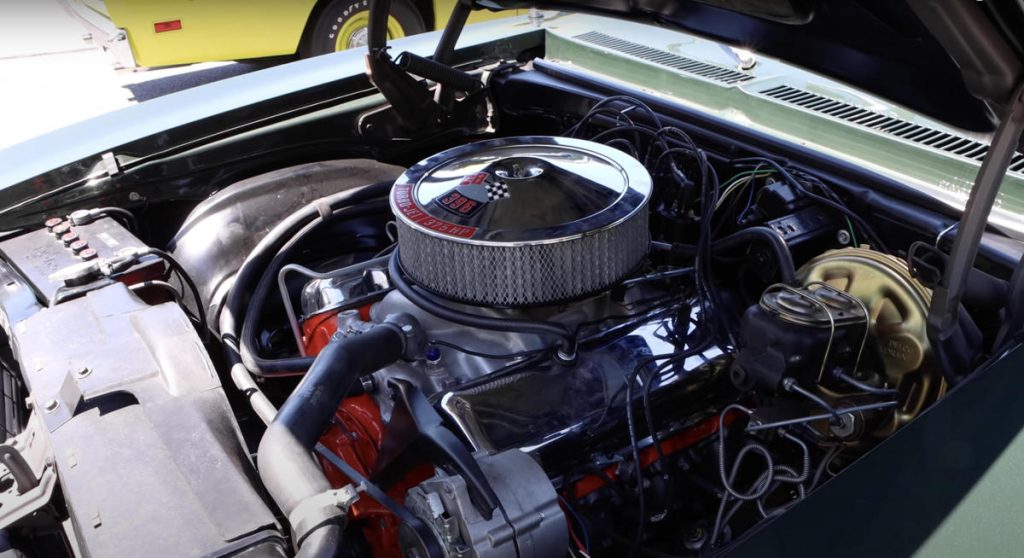

A Thrilling Matchup: Nova’s Strengths Unveiled
Inside the Chevy Nova SS396, a drag race-friendly Turbo 400 3-speed automatic transmission awaited, purpose-built for high-performance acceleration. However, this wasn’t just any ordinary Turbo 400 transmission. In L78-equipped Novas, it came equipped with a higher stall torque converter, a heavy-duty flex plate, strengthened clutch packs, and an adjusted valve body, allowing it to shift at an impressive 6400 rpm.

The Nova’s advantage didn’t end there. Its rear gear ratio of 4.10 gears perfectly complemented the 375 horsepower V8 engine, providing optimal power delivery to the wheels. But the Nova’s ultimate strength lay in its weight. With the driver onboard, it tipped the scales at a mere 3,620 pounds, giving it a considerable 400-pound advantage over the Challenger.

Putting the Pedal to the Metal: The Drag Race Showdown
As the moment of truth arrived, both the 1970 Dodge Challenger RT HEMI and the 1969 Chevy Nova SS396 lined up at the starting line, engines roaring with anticipation. The crowd eagerly awaited the clash of these automotive titans, eager to witness their respective performances on the quarter-mile drag strip.
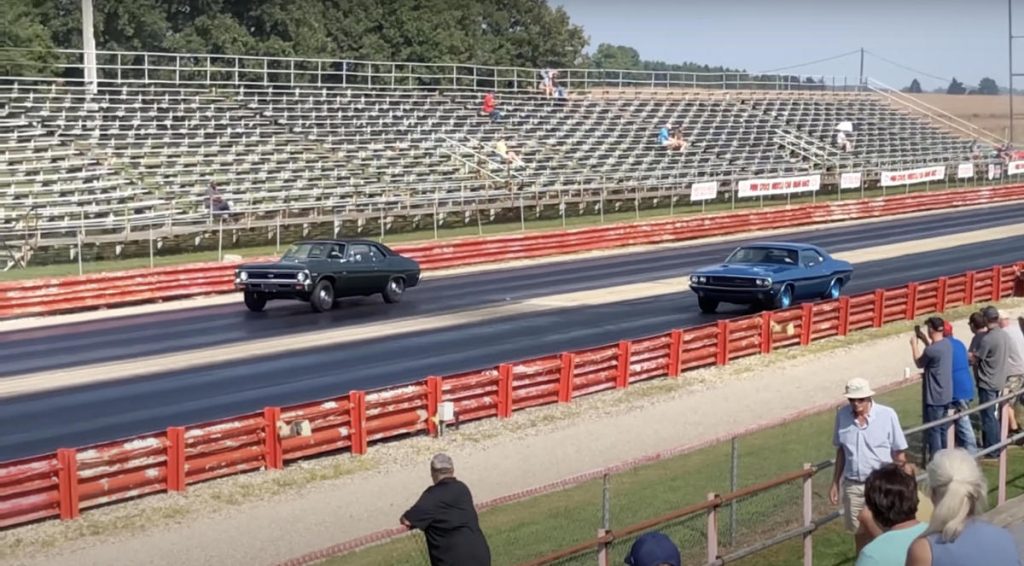
In the first race, the Challenger’s reaction time wasn’t quick enough to cross the finish line first. It completed the quarter mile in 13.56 seconds at an impressive speed of 106.42 miles per hour. Meanwhile, its formidable opponent, the Nova, secured victory, blazing across the finish line in just 13.23 seconds at 87.55 miles per hour. The Nova’s trap speed indicated that the driver let off the gas at the end, demonstrating its true potential.
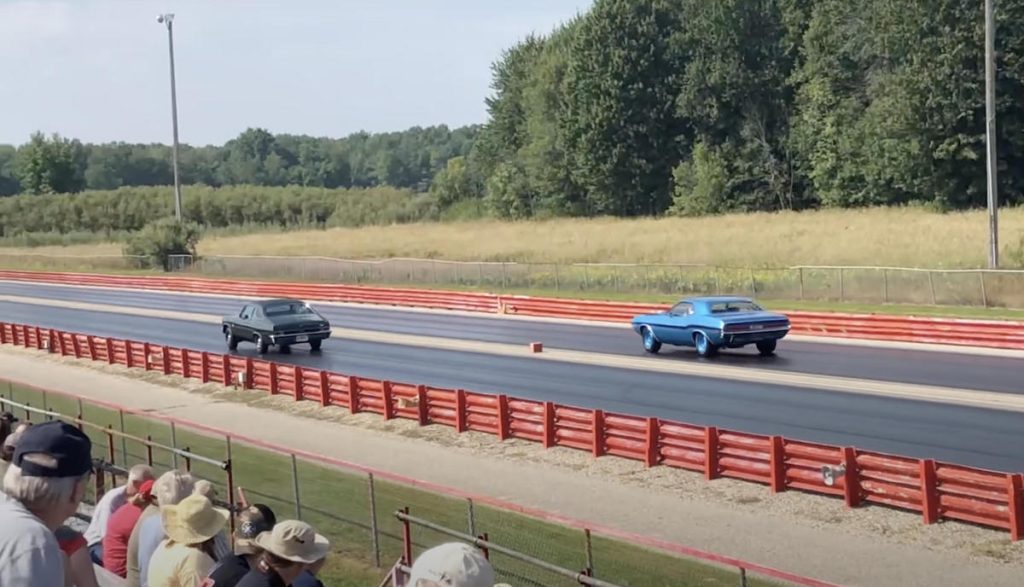
Undeterred by the initial outcome, the Challenger and Nova faced off once again in the second round. The Chevy Nova, sporting 4.10 gears and a Turbo 400 automatic transmission, reaffirmed its dominance, running a remarkable 13.05 seconds at 94.79 miles per hour. The Challenger put up a valiant fight, but ultimately fell short, finishing the race in 13.51 seconds at 106.29 miles per hour.
The Nova Reigns Supreme
After an exhilarating battle, the Chevy Nova SS396 emerged as the undisputed champion, winning both rounds and showcasing its remarkable performance capabilities. The Nova’s lightweight design, well-matched gear ratio, and potent engine ensured its dominance on the drag strip.

A heartfelt thanks was extended to both car owners for bringing these extraordinary vehicles to the event. Witnessing the raw power and beauty of these classic machines in action was truly a sight to behold.
Conclusion
The showdown between the 1970 Dodge Challenger RT HEMI and the 1969 Chevy Nova SS396 captivated the crowd with its thrilling display of speed and power. Each car possessed its own unique strengths and characteristics, making for an unforgettable drag race experience. The Challenger’s HEMI engine and iconic design represented the epitome of American muscle, while the Nova’s lightweight build and potent V8 engine showcased its formidable capabilities.

As automotive enthusiasts continue to celebrate these timeless classics, the legacy of these legendary machines lives on. Their presence on the drag strip serves as a reminder of an era when horsepower and performance reigned supreme.